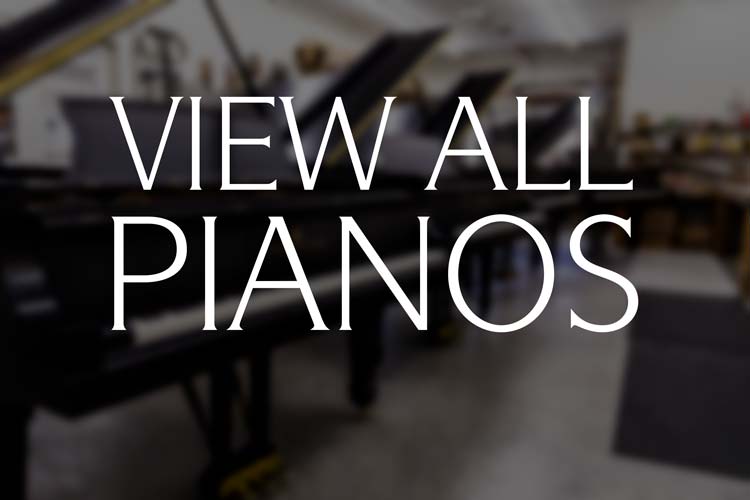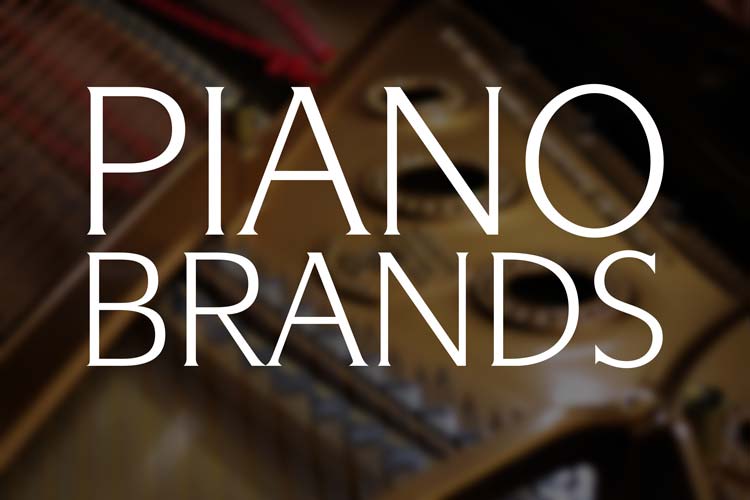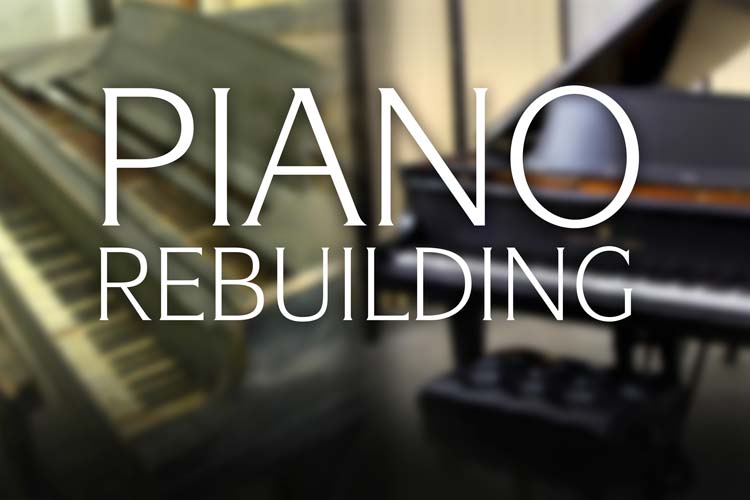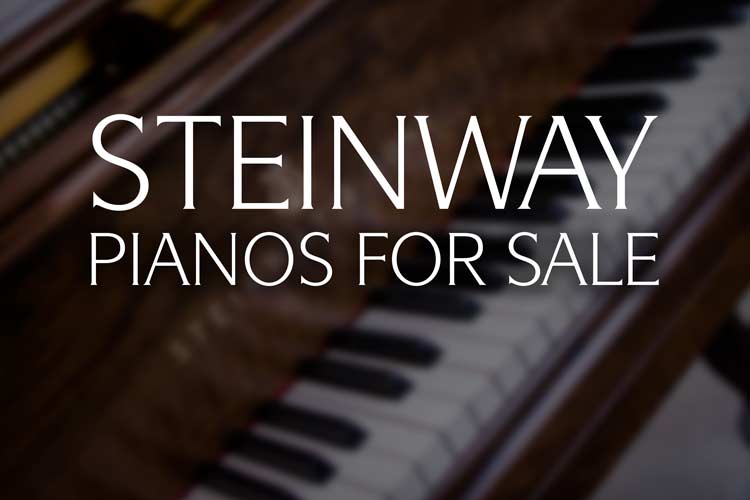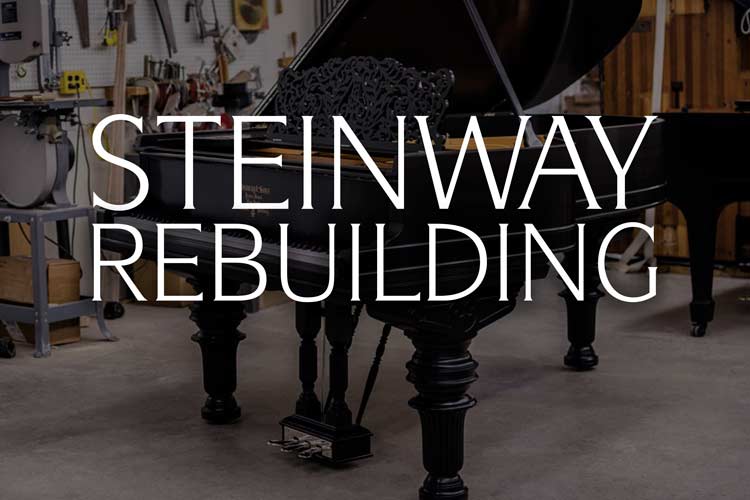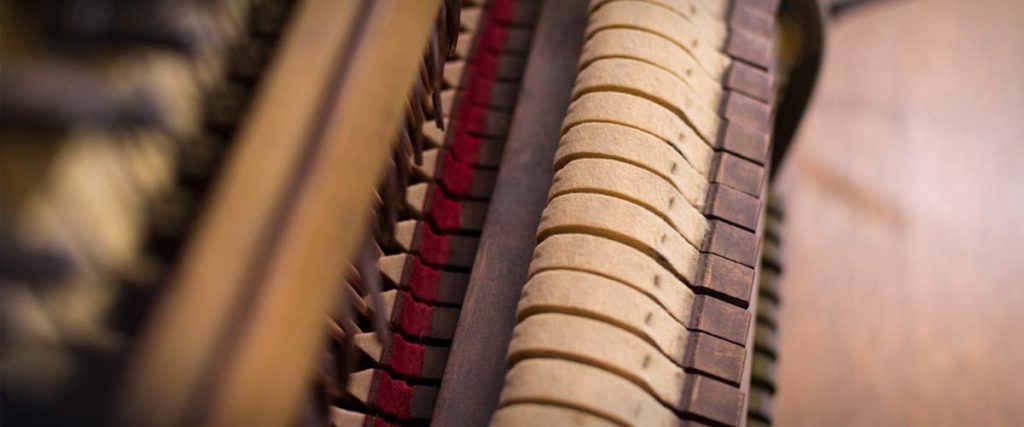
Why A ‘Free’ Upright Piano Is Not Always Free
“Free piano! Plays great! *just needs tuned. You move. Bring lots of friends, this thing is heavy…”
Ads similar to this example, fill newspapers and local Craigslist listings all over the country. At first, this can sound like a deal of a lifetime. “A free vintage piano and all I need to do is pick it up and have tuned!” Unfortunately, these apparent deals can quickly turn into money pits that leave you with a lackluster, barely functioning instrument that cannot be improved without an inordinate amount of labor and money.
There are more than a few reasons that these pianos are often left in homes when they are sold and you can find free pianos abound on the internet. Below we will go over the top reasons you should think twice before undertaking the inconvenience of acquiring a free/cheap piano.
1: Moving Cost
There are a number of hidden costs that might not be apparent when it comes to a free or cheap one-hundred-year-old upright or even a grand. The first is moving. Old, full-size upright pianos can weigh nearly 700 lbs. and are harder to move than a grand. Awkward in size and weight, these instruments require a qualified piano moving team to safely remove, transport, and set up the piano at its new home. Asking a couple of buddies to help you move it will not suffice, and likely will cause more damage to the piano and potential injury to those attempting to move it.
This cost can be in the hundreds of dollars.
Keep in mind, this is likely the best-case scenario. Moving a fully functional piano from one location to another, for a few hundred dollars. Next, we’ll get into the additional costs of tuning and repairs.
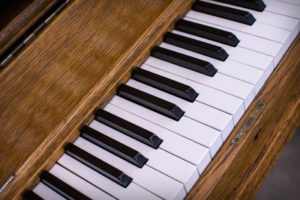 2: Tuning Fees
2: Tuning Fees
Tuning fees usually range between $90 and $150 dollars depending on the tuner/piano technician you hire. A piano that has not been tuned for a long time may require a pitch raise. This requires the tuner to go through the piano more than once, increasing the cost. Tuning obviously falls under basic maintenance and is something that any piano owner should keep up on.
Unfortunately, we have often found that an old piano that has not been properly maintained over the years may not be tunable without a serious amount of repair/restoration work.
3: Repair/Restoration Cost
Repair and restoration costs are the next pieces to keep in mind before picking up the bargain piano you have your eyes set on, as these costs can be the most expensive.
The moment a piano is completed, it is immediately put under tremendous stress. When pulled up to pitch, the strings exert tens of thousands of pounds of string tension. This is absorbed by the cast iron plate, the pinblock, and the piano’s cabinet. More than likely, an old upright piano was kept in an environment where the humidity level was not ideal. Swings in humidity are one of the primary factors when it comes to the wear and tear placed on a piano. The tuning pin holes can become enlarged, compromising tuning stability. Over time, tension combined with swings in humidity can cause the pinblock to fail and other structural issues can become apparent.
Strings, especially the copper wound bass strings can deaden due to oxidation, excessive moisture, and grime. Under tension, old piano strings can break when tuned. This can be dangerous as well as annoying.
The piano’s action is made up of thousands of moving parts. A one-hundred-year-old action will almost always feature heavily string cut hammers, broken parts, or at least will be heavily out of regulation. The vast majority of old upright pianos have not been taken care of over the years, this can become very apparent when attempting to play or work on one. Keys may be sticking due to broken parts, verdigris, or items and grime that have fallen under or into the action. The complexity of any piano’s action means that there is a litany of issues that can manifest within it. Antiquated designs can make servicing difficult and often these designs are antiqued for a reason. For example, there are a number of types of flanges that were utilized ‘back in the day’ that are no longer used by any company.
The piano’s soundboard may crack and come loose from its supporting ribs, causing unwanted vibrations and annoying buzzing. The soundboard bridges which transmit the vibrations of the strings to the soundboard, may fail. When the bridge cap cracks it can cause the bridge pin to shift and become loose, leading to a loss of proper string termination, and tuning instability.
The pedal/trap system on an upright piano is more compacted and in a way more intricate than on a standard grand. It is not uncommon to find pedals that are not functioning. Dampers not shutting off the vibrating strings are also something we find often.
The cabinet often requires repair or full refinishing if one wishes to have a clean, newer look. (This is more cosmetic and less essential, however.)
Although all of these issues are things that can be fixed and restored during a full piano rebuild or repair session, it is by no means always worth it. Depending on the brand of piano and the extent of the restoration, the cost here can easily go into the thousands of dollars. Suddenly this free piano doesn’t seem that free at all. Under specific circumstances, it may be worth considering a restoration. This Steinway & Sons Model #45 Upright is a good example of this. A qualified piano technician is key in determining if the piano is worth the work required to get it into playable condition.
The Initial Quality – A Limiting Factor
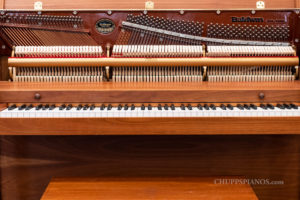 Another primary issue is the initial build quality of the piano. The vast majority of these old uprights were built during the pre-WWII era. The piano was seen as THE primary home entertainment system.
Another primary issue is the initial build quality of the piano. The vast majority of these old uprights were built during the pre-WWII era. The piano was seen as THE primary home entertainment system.
Although a number of companies such as Steinway & Sons and Mason & Hamlin put out some of their finest work during this period, a large number of piano builders flooded the market with hastily assembled or badly engineered upright/vertical instruments to meet the high market demand. Well over 300 piano makers were in simultaneous operation within the United States alone. Due to this, hundreds of thousands of mass-produced upright pianos were built, flooding the market. Even if full rebuilds were completed (costing north of $10,000.00) the result of restoring these old pianos would not be more than average. Churned out of factories in exceedingly high numbers, the average upright was never a concert-level piano, to begin with.
Average production values combined with inherent limitations within the upright piano design can make the cost and resources needed to restore one, not worth the effort.
The Car Analogy
A good comparison would be the restoration of vintage automobiles. If it cost the exact same amount in terms of work and funds to restore a beat-up Ford Pinto or a classic Corvette, which one would take priority? The same can be said for pianos. A piano does not accrue ‘antique value’ in the normal sense of the term. A piano’s value comes almost solely from its function as a musical instrument. (The exception usually being very ornate art case pianos.) A one-hundred-year-old upright’s musical and mechanical value is quite low, especially when compared to the fine golden age grand pianos produced around the same period.
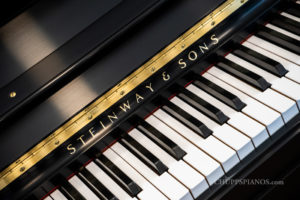 There ARE Deals – Sometimes
There ARE Deals – Sometimes
It is worth noting that there ARE rare cases in which you can come across a free or cheap piano that is indeed a great bargain that is already in very fine condition or worth the work. It is often advised that you have a pre-owned car checked out by a qualified mechanic. To keep the car analogy alive, this transfers over to a piano as well. It is wise to consult with a qualified piano technician before making a purchase decision. The relatively low investment of having a technician check out a piano before you spend the money to move it into your house and have it tuned, can save you money and heartache in the end.
Have a piano question you would like us to address?
Get in touch with our team by clicking here to go to our quick and easy contact form!
About Us: Founded in 1975, Chupp’s Piano Service, Inc. features one of the largest selections of fully restored pianos in the Midwest United States. Specializing in the premium restored Steinway pianos, our work has become the preferred choice of countless universities, concert venues, and professional pianists around the world. With a focus on service and only the finest craftsmanship, a piano restored by us is sure to provide you with countless hours of pure musical enjoyment. Located less than two hours from Chicago and less than an hour and a half from Fort Wayne, we invite you to visit us at our rebuilding facility and showroom. [Meet Our Team of Piano Rebuilders]
Chupp’s Piano Service | Specializing In Piano Restoration | Signup For Our Newsletter
Comments are closed

